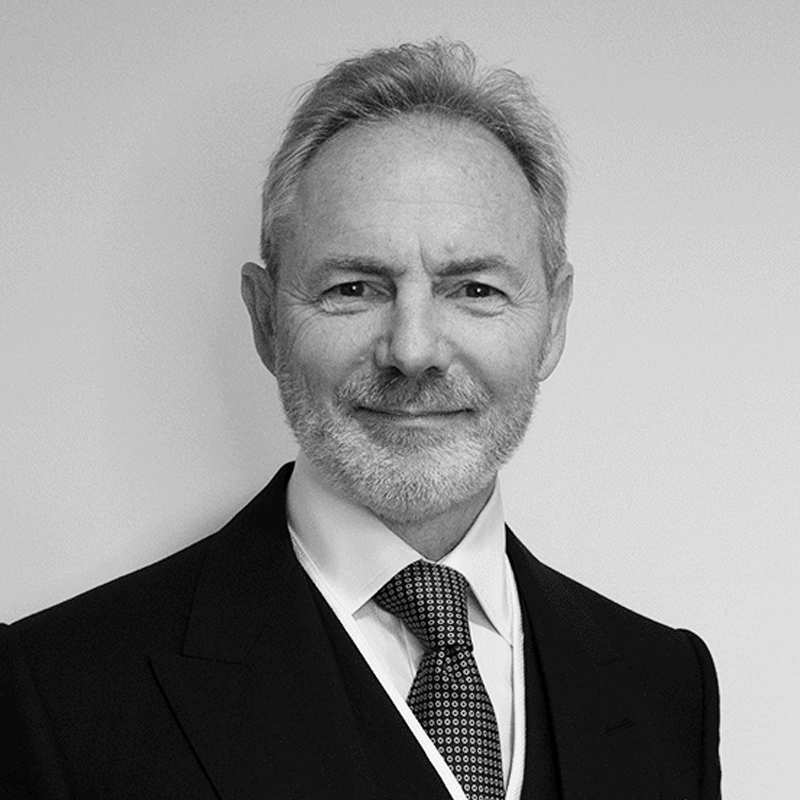When I first attended preparatory school – back in the Stone Age according to my colleagues – at the mid-morning break each day we were served a measure of fresh milk in a miniature version of the glass milk bottles then in use. Sometime later it was judged that glass was wasteful, and the bottles were replaced with rather awkward paper containers – made by a clever Swede, I think. Then later still, plastic was judged to be less wasteful, although that came with its own problems, so we learned. It seemed as if the science really couldn't make its mind up. Indeed, in recent years, even the benefits of fresh milk have been cast into doubt, such is the inconstancy of the world.
It seems to be much the same with sustainability. First, we were told that electric cars were the answer. Then we were told that this was only true if we drove them for more than 65 000 American miles[1] – which is some challenge given their generally parlous performance during the winter season. Then we were told it was all about the source of the energy, it had to be renewable – which was fine for Norway until the government stated prioritising exports to Europe over domestic consumption.
Don't trust the science
If the science cannot be trusted, how do we judge what is sustainable investing and what isn't? The simple truth here in SKAGEN is that we don't trust the latest set of supposedly science-based headlines screaming at us from the newspapers. We don't take at face value the data provided by companies and third-party providers and so-called experts. We do our own work to determine what our assessment of the true situation is. We have been doing this in respect of sustainability for more than a dozen years. What has changed this past year, with the advent of new regulation, is the extent to which we document this and report it to our clients and their advisors.
This report lays out our consolidated approach to sustainable investing. It is based not on marketing straplines or unfeasible claims; it is based on good honest work to really understand the (few) companies into which we put our and our clients' money to work. This is the SKAGEN fiduciary promise.
[1] See Mark Mills speech on "The energy transition delusion" at SKAGEN's New Year's Conference on 11 Jan 23




